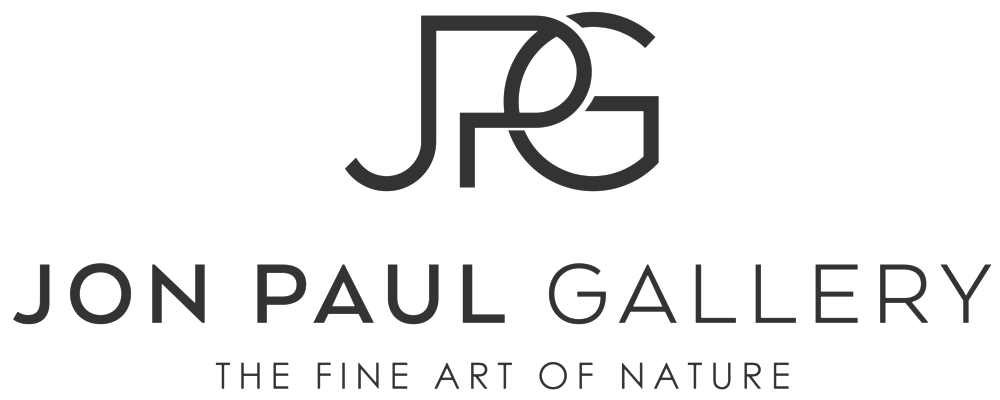“Lenticular Sunset & Inversion, Emerald Bay, Lake Tahoe”
Rarely can one say that they have composed an image, at Emerald Bay, as never seen before. Well, I believe this is it!
When I noticed there was an inversion occurring (warm air rises and cool air sinks, dropping the cloud layer into the Lake Tahoe Basin with clear skies above) I planned to head out to a high vantage point on the east shore of Lake Tahoe and capture the sun setting over a giant bowl of whipped cream. However, as I approached the lake I saw this enormous lenticular cloud formation hovering over the east shore of Lake Tahoe. I decided to take a risk and headed to Emerald Bay.
Fortunately, I was able to secure a vantage point above the clouds that afforded just the right angle of view. I set up both my large format (4x5 inch) film camera and my Nikon DSLR and watched the waves in the sea of cloud below dance across Emerald Bay. The show was spectacular. As the sun set lower behind the mountains, the light on the lenticular cloud began to warm. The tip of the cloud became pink, and the color slowly spread. As the area below the cloud darkened, it took on a magenta hue. first, I clicked the shutter on my 4x5, securing one exposure. Then I began capturing a series of 5 vertical digital captures, each overlapping the other, in order to stitch together one high resolution panoramic image of the scene. It was a success.
While waiting for the light I took the time to observe and feel the scene. The lenticular cloud, which must have been over 20 miles long and 20 thousand vertical feet thick, was the star of the show. However, I didn’t want to leave out the supporting cast (Emerald Bay and Lake Tahoe filled with a sea of cloud). I was drawn to the panoramic perspective, as it enabled me to highlight this amazing cloud in all its grandeur, while retaining the context of one of natures most iconic and loved locations in rare form. I chose to compose a 2:1 proportioned panorama to accomplish my artistic vision of this amazing natural event, and I think it works beautifully. Cropping one digital image just wouldn’t have provided the resolution necessary to print this image to the scale it deserves. I can’t wait to print this many feet long! And, I can’t wait to see the 4x5 inch film perspective…in a few weeks.
That is, “The Fine Art of Nature”.
Please leave a comment and share your impressions or ask a question.
Yes, I want to do a photo workshop / tour with Jon Paul!
Collectors Tip: This weeks collectors tip relates directly to this new image, Lenticular Sunset & Inversion, Emerald Bay, Lake Tahoe. If I were to personally frame this piece for my home or office, given the pastel tones of the image, I would use a black cloth liner to surround the image, regardless of my frame choice. The black cloth liner, which is amazingly neutral, will add depth and separation. Acting mush like a shadow, it will disappear and let the image stand on its own. The frame will then be able to tie the art to the room and/or highlight a color tone in the image.
Note: My partners at Marcus Ashley Gallery are framing experts as well. You can work with them from start to finish and end up with the perfect piece of art for your space.
If you’d like to improve your images captured with Provia 100F film,
get my FREE Provia 100F Cheat Sheet
Photographers Tip: This weeks pro tip relates to visualizing a stitched panorama before creating the images. I have witnessed many of my workshop clients approaching a stitched panorama with the idea that they will shoot with a wide angle lens, overlap the images, capture the entire scene and crop to their liking later. The problems with this approach are; they are foregoing the artistic aspect of composing their image in the field and, they are often throwing away the benefit of the higher resolution end result of a multi-image stitch by cropping much of that carelessly captured image away. So, my suggestion is two fold. First, create your multiple image capture based upon a carefully considered composition, shooting just slightly wider than anticipated accounting for cropping required for uneven borders that occur during digital stitching. Second, benefit from the changed perspective of a panorama. I love the idea of using a longer lens for a panorama than I could if trying to capture the scene in one frame. We are able to effectively pull the composition closer, accentuating the details and making for a more “subject filled” image than if we had used a super wide angle lens.
Take a private workshop / tour in your favorite season!
Would you like to go out in the field and look through the lens with me? Would you like to take your photography (film or digital) to the next level, capture a particular location with your camera or simply tour the locations of some of my most iconic images?
Details:
Camera: Nikon D800
Lens: 24-70mm
Film: 5 image manual stitch
Filter: N/A
Tripod: Gitzo 1325 Carbon Fiber
Tripod Head: Really Right Stuff BH55 Ball Head
If you’d like to improve your images captured with Provia 100F film,
get my FREE Provia 100F Cheat Sheet
DON'T MISS OUT ON WHAT I HAVE TO SHARE. HERE ARE SOME HELPFUL LINKS:
My FREE Fine Art of Nature Insider : https://www.jonpaulgallery.com/newsletter/
My website: https://www.jonpaulgallery.com/
Photography Workshops / Tours: https://www.jonpaulgallery.com/tours/
My Blog: https://www.jonpaulgallery.com/blog/
Subscribe to My YouTube Channel: https://goo.gl/dJXMUQ
